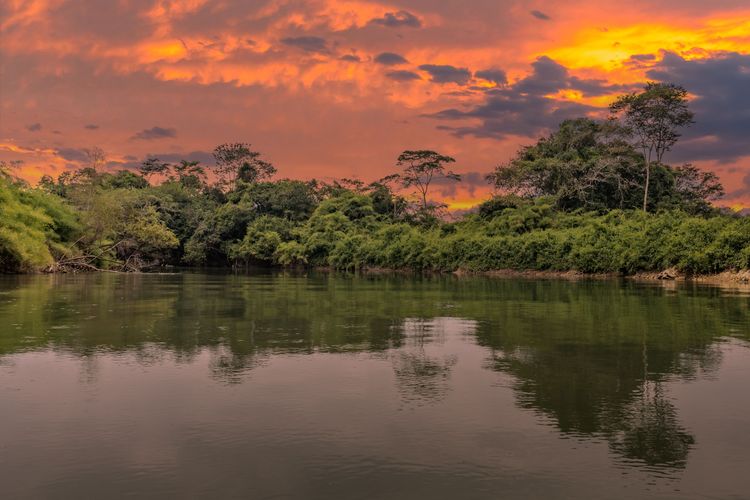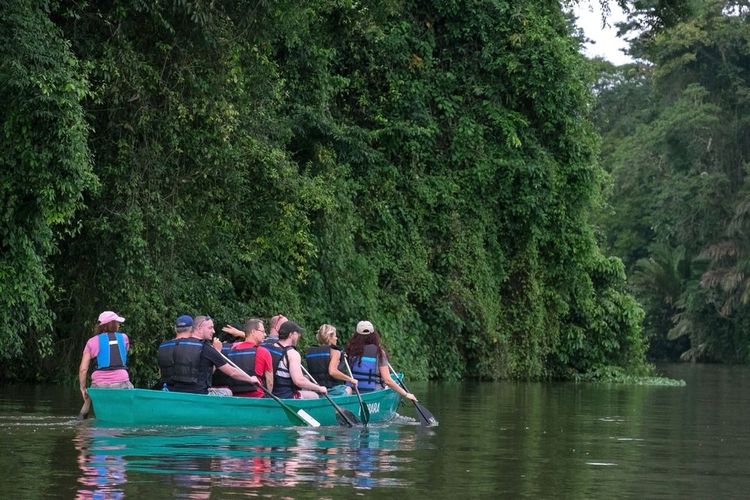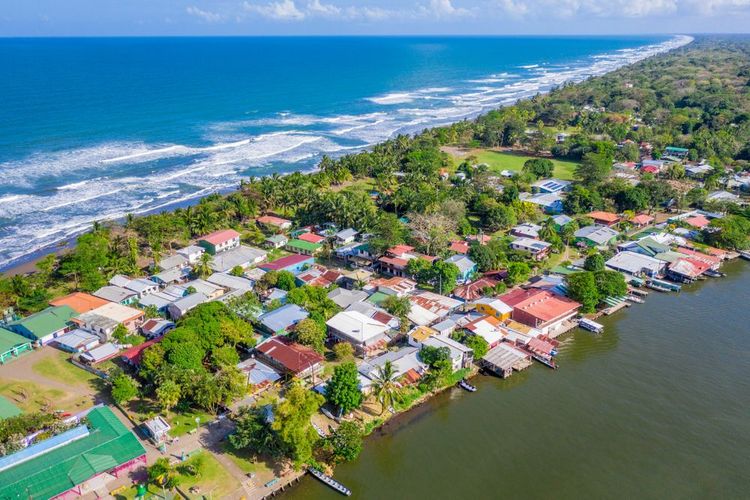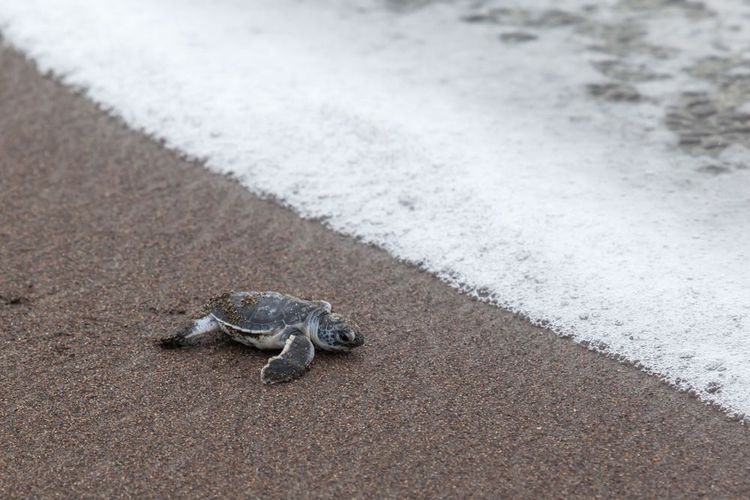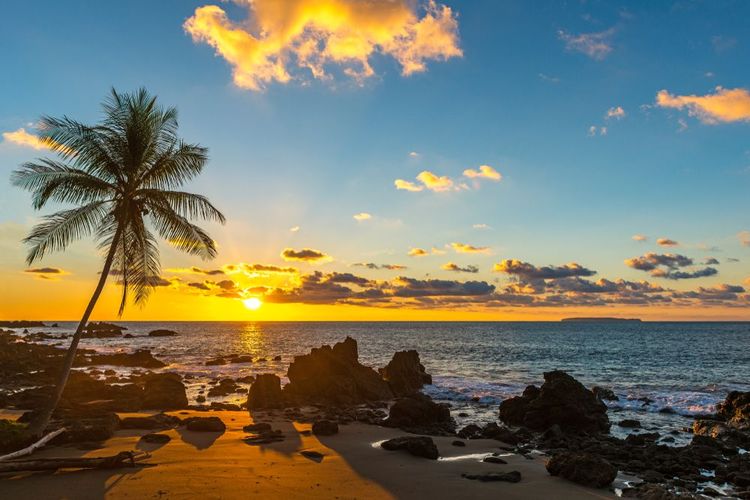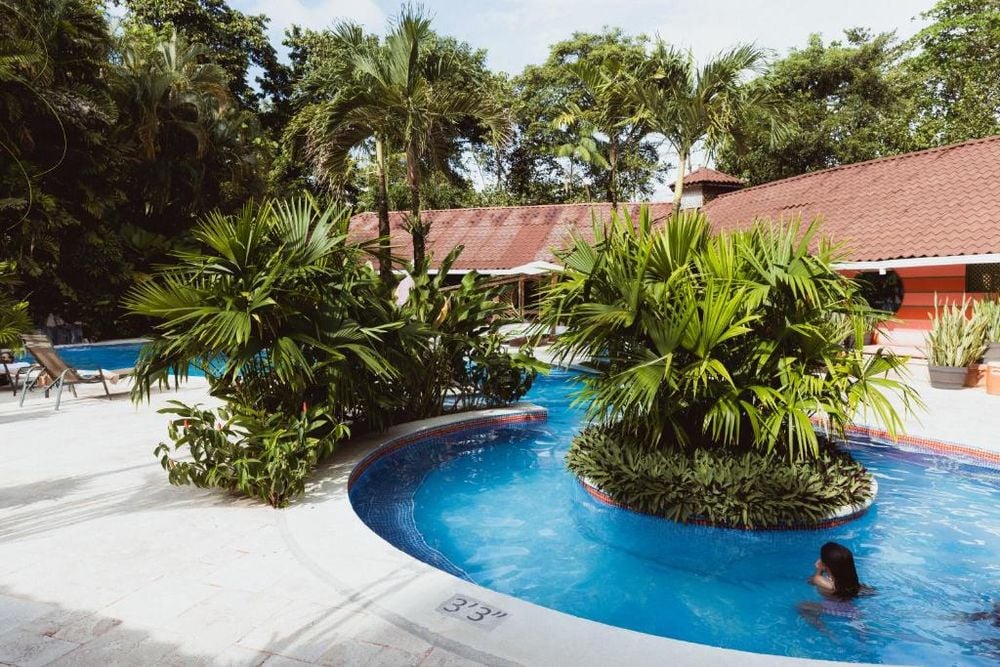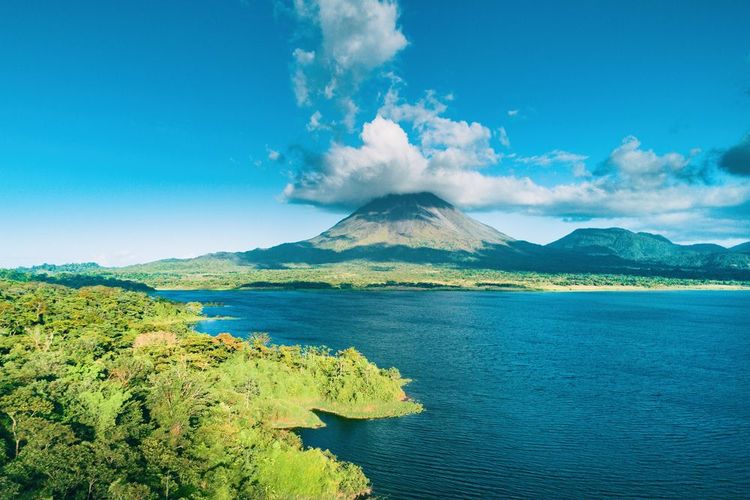The meeting of the Atlantic Ocean and the tropical forest gives Tortuguero its very special atmosphere. The little Amazon can be explored on foot along one of the paths that criss-cross the national park. The Sendero Cerro trail, which is easily accessible and little used, winds its way through the vegetation to the highest point in the national park: the summit of the inactive volcano. The panorama of the river flowing into the ocean is sensational.
The songs of exotic birds - toucans, macaws, anhingas and many others - accompany the walkers, delighting both budding and experienced ornithologists. The attentive observer will even be able to spot monkeys darting from branch to branch between the leaves of the trees or recognise a sloth, well camouflaged but easy to observe because of its famous slowness. Finally, the most patient and lucky visitors may spot a jaguar moving between the branches. A hike rich in encounters and emotions.
